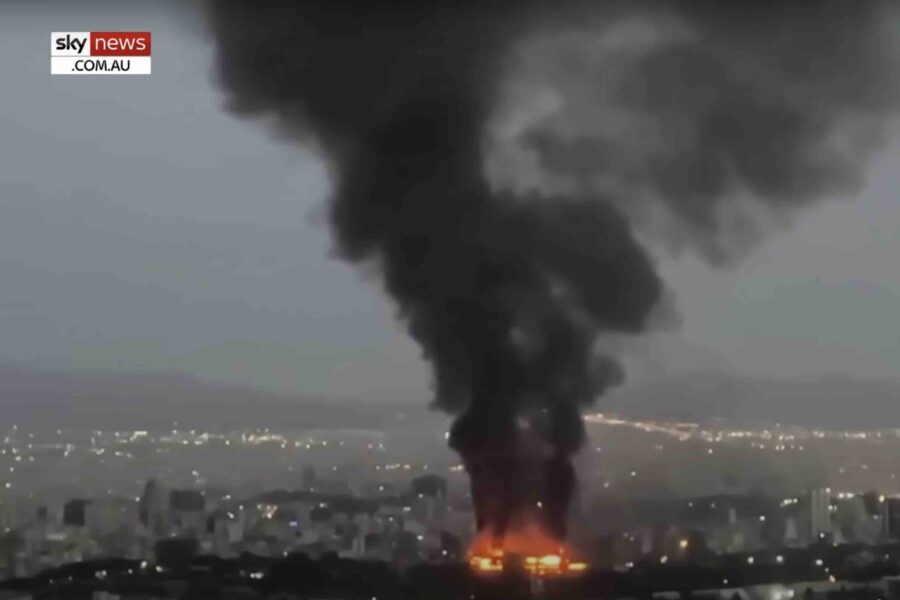Politics
BREAKING: Iran’s Fordow Nuclear Site Hit With Second Wave Of Strikes
The underground bunker believed to be harboring some of Iran’s most advanced nuclear enrichment capabilities was hit with a second wave of bombs on Monday, further jeopardizing the Islamic nation’s ability to recover following a devastating series of strikes just one day earlier.
Iranian leaders are scrambling to assess the damage to Fordow, one of three sites hit with U.S. “bunker buster” bombs in the early hours of Sunday morning, and which was once again struck on Monday by the Israelis. The facility is also the most fortified, buried under 80 meters of concrete and a mountainside.
The new wave of airstrikes comes after President Donald Trump declared that the first round of bombing had “completely and totally obliterated” Iran’s ability to resume its enrichment of uranium beyond civilian levels, a key step that international observers say was putting the country on the path toward developing an atomic weapon.
Fordow was just one of the “regime targets and government repression bodies” hit by Israeli bombs on Monday. Other targets include parts of Tehran, Iran’s capital, as well as Evin Prison, which has become notorious for jailing political prisoners critical of Iran’s supreme leader, Ali Khamenei.
Israeli officials say the second round of bombing also targeted access points to Fordow, making it more difficult for Iranian officials to assess damage and prepare for rebuilding parts of the facility.
Other targets hit by Israel’s bombs on Monday include the headquarters of Iran’s Islamic Revolutionary Guard and the Basij headquarters and the Alborz Corps, which oversee internal security, according to NPR.

Defense Minister Israel Katz said the strikes came in response to retaliatory missiles fired into Israel by Iran. The Revolutionary Guard claimed it had deployed a “21st wave” of drones and ballistic missiles after the U.S. attack.
The secretive Iranian military arm also downplayed word of unrest inside the notorious prison, saying “rumors from Mossad media” were spreading false information.
Sima Shine, a former Mossad officer, expressed hope about the damage U.S. airstrikes did to the three facilities.
“It’s much better than what we thought it would be,” she said, but then added, “I don’t think it’s complete destruction of the project.”
Observers believe Iran may still be shuttling part of its nuclear enrichment program between different sites in an effort to keep U.S. and Israeli forces guessing about where to strike next.
On Monday, a senior Iranian official told CNN that “morale is high” and leaders are planning how to inflict direct attacks on both countries.
“Morale is high and the immense demand by the Iranian people to strike Israel is unprecedented,” adding that members of the Iranian public calling for attacks on Israel are “an element in intensifying Iran’s battle plans.”
The source added that Khamenei and others believe calls for peace are meant to serve as “deception in order to assess Iran’s preparedness for continuing the war.”
War with Israel and the U.S. could last up to two years, the insider predicted, while stating that Iran is prepared for such a possibility.
The comments come as a three-member panel is believed to be weighing the removal of Khamenei as ayatollah, or supreme leader of Iran. The 86-year-old is facing the greatest threat to his leadership in decades since he first took the position in 1989.

